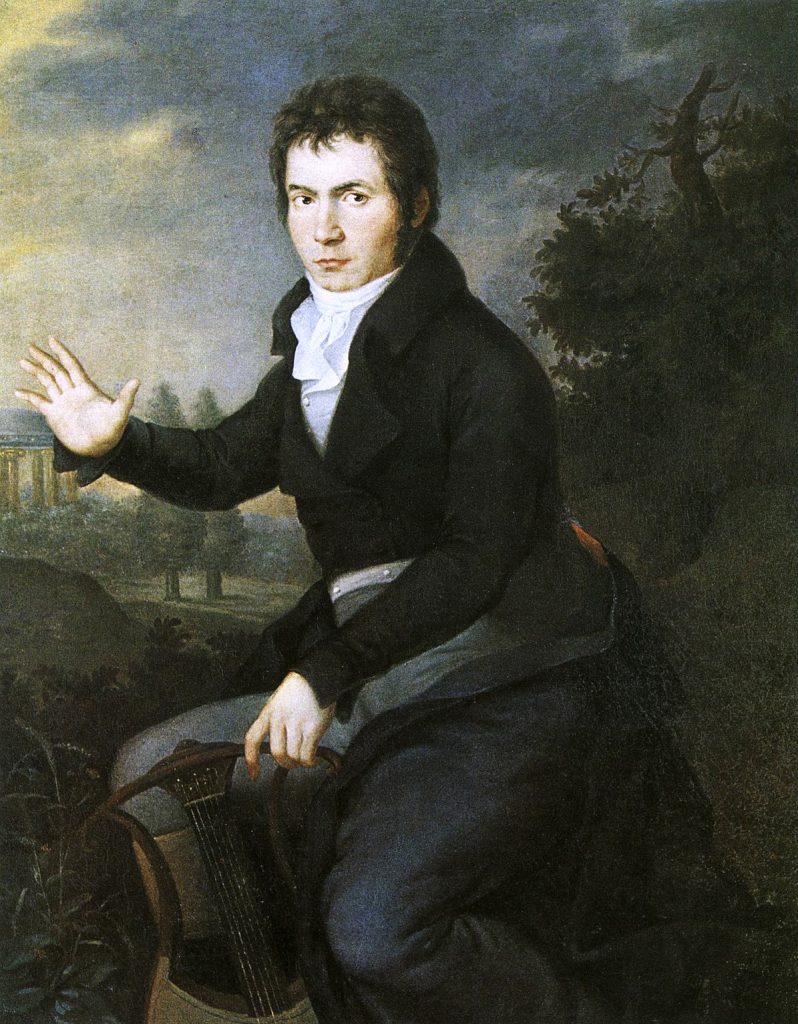
THIS WEEK IN PIANO HISTORY, we celebrate Beethoven’s debut as a pianist in Vienna on March 29, 1795. At just twenty-four years old, Beethoven’s performance marked the beginning of a lifelong musical relationship with the residents of Vienna.
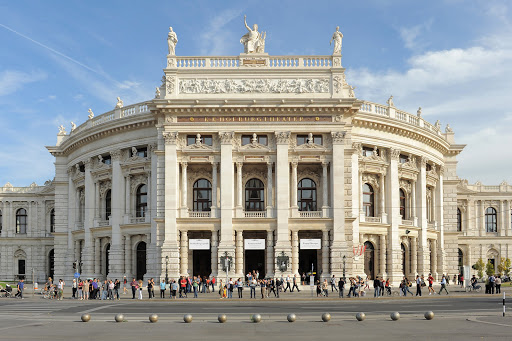
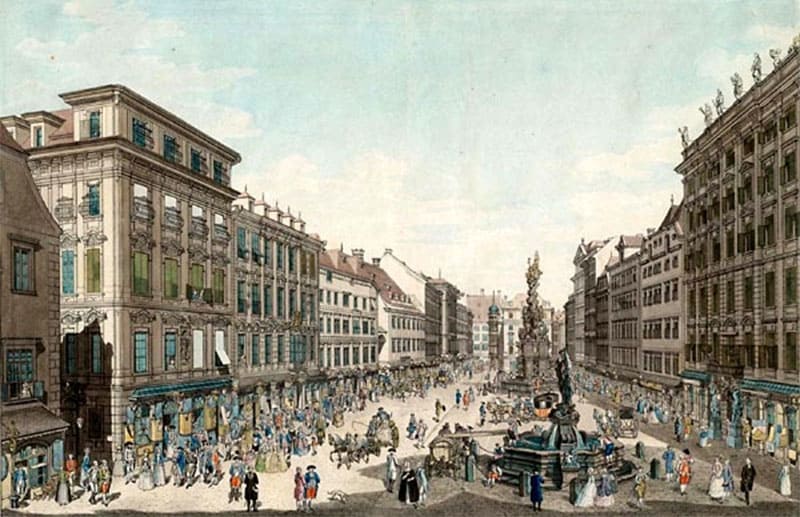
Beethoven came to Vienna in November 1792 to study with Haydn. His journey to Vienna was funded by the elector in Bonn who arranged for his visit to help Beethoven develop his skill as a composer. Upon arriving in Vienna, Beethoven studied with Haydn through 1794, when Haydn left for a trip to London and during his absence for the next year and a half, Beethoven studied composition with Johann Georg Albrechtsberger.1 Scholarship suggests that Albrechtsberger was a much more effective teacher for Beethoven, helping him to develop mastery in a variety of contrapuntal exercises that would serve Beethoven well throughout the rest of his life.2 During this time, Beethoven was not merely composing, he frequently performed in private concerts for the wealthy aristocracy of Vienna.3
Beethoven’s public debut on March 29, 1795 was the beginning of a three-day set of performances Beethoven gave in Vienna. Scholarship is unclear over the exact piece performed on March 29th at a charity concert, but it was most likely Beethoven’s Piano Concerto No. 2 in B-flat Major, Op. 19.4 The concerto, written in three movements, is written for the identical orchestral forces of Mozart’s last piano concerto, K. 595, also in the key of B-flat major.5 The first movement, the longest, is in traditional concerto-sonata form. The fugal cadenza commonly performed in the first movement was actually composed in 1808 or 1809, so Beethoven likely improvised his own cadenza for this concert.6 The second movement is intimate and features moments of tenderness between the piano and orchestra, including moments where the piano accompanies solo instruments. The final movement is sprightly and vigorous with an impressive display of double thirds in the closing moments of the piece.
The performance must have been a success, as Beethoven continued to perform for the following two days after his initial debut. On the second day, Beethoven performed his own improvisation at yet another charity concert, while on the third day, he performed a Mozart concerto at a performance of La clemenza di Tito that the widowed Constanze Mozart organized.
During the remainder of the year, Beethoven had additional success as a composer and as a performer. In the fall of 1795, Beethoven’s Piano Trios, Op. 1 were published in Vienna and dedicated to Prince Carl von Lichnowsky. Upon hearing the three trios, Haydn advised Beethoven not to publish the third trio, in C Minor, as he was concerned about how the Viennese public would react to it; Beethoven did not agree with his teacher’s advice.7 Besides this, Beethoven performed once again in December 1795. At this concert organized by Haydn, Beethoven performed another concerto, most likely his Piano Concerto No. 1 in C major, Op. 15.8
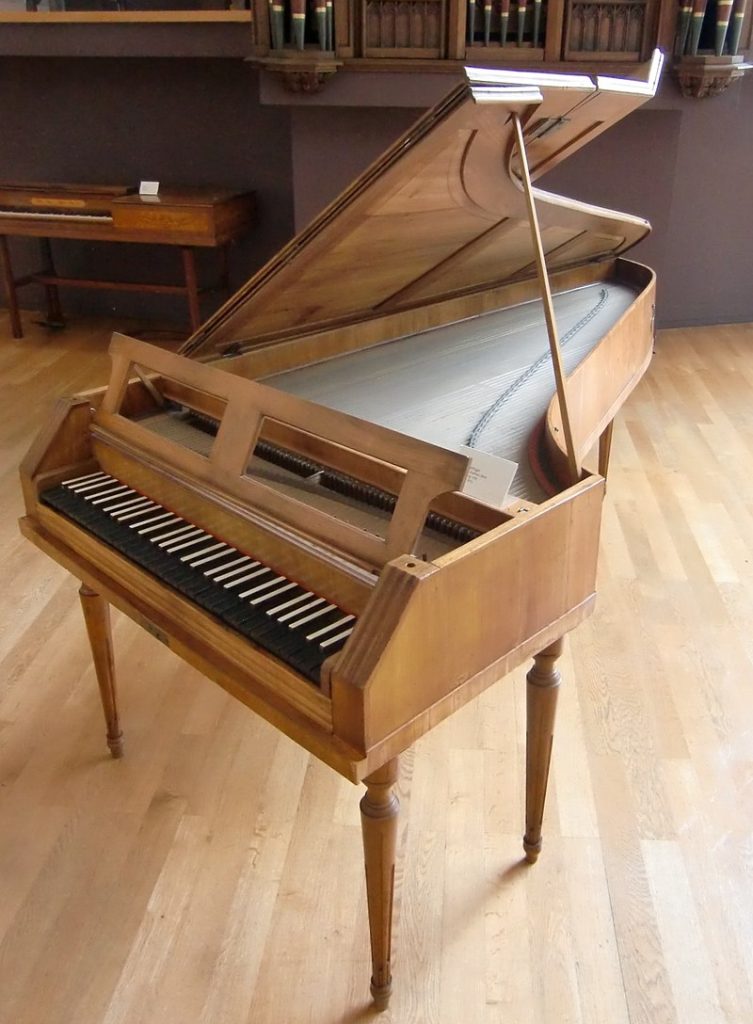
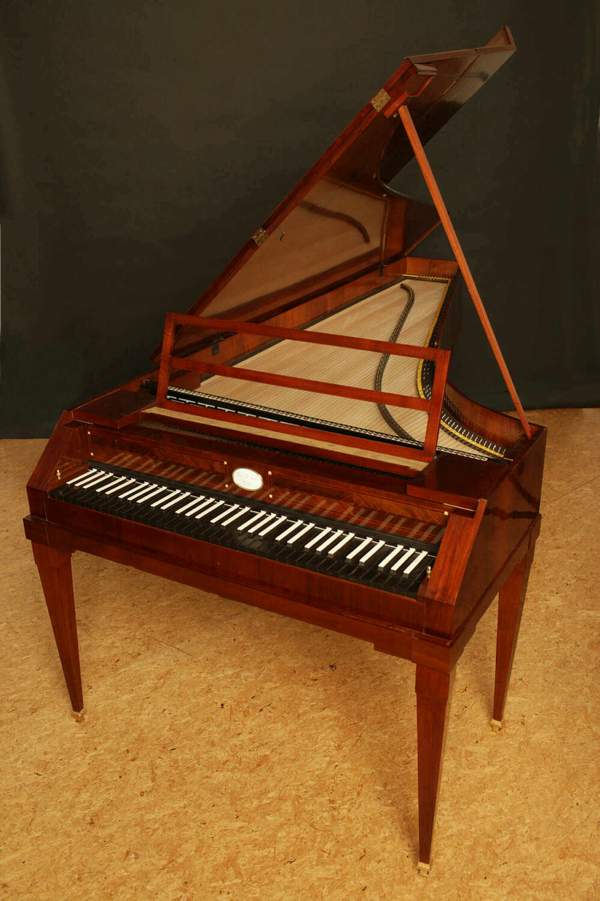
Interested in learning more about Beethoven’s piano works? Read this article below by Beethoven-scholar Peter Takács:

OTHER RESOURCES YOU MIGHT ENJOY:
- MAGAZINE ARTICLE: What is the effect of concerto playing on adult students? By Michelle Conda and Lily Friedman
- MAGAZINE ARTICLE: Creative Commemorations: How a Performer, Composer, and Teacher Celebrated Beethoven’s 250th Anniversary by Chris Madden
- WEBINAR ARCHIVE: Beethoven: Sonata in F Minor, Op. 2 No. 1 with Andrew Cooperstock
- REPERTOIRE VIDEO SERIES: Demystifying Tempo: Beethoven’s Slow Movements by Carol Leone
- REPERTOIRE VIDEO SERIES: Beethoven: Sonatina in G Major by Suzanne Newcomb
- DISCOVERY POST: This Week in Piano History: The King of Etudes by Curtis Pavey
- Use our search feature to discover more!
Sources
- Joseph Kerman, Alan Tyson, Scott G. Burnham, Douglas Johnson, and William Drabkin, “Beethoven, Ludwig van,” Grove Music Online. 2001; Accessed 28 Feb. 2023, oxfordmusiconline-com.uc.idm.oclc.org/grovemusic/view/10.1093/gmo/9781561592630.001.0001/omo-9781561592630-e-0000040026.
- Ibid.
- Ibid.
- Ibid.
- Michael Thomas Roeder, A History of the Concerto (Portland, Oregon: Amadeus Press, 1994), 180.
- Ibid., 181.
- Joseph Kerman, Alan Tyson, Scott G. Burnham, Douglas Johnson, and William Drabkin, “Beethoven, Ludwig van,” Grove Music Online. 2001; Accessed 28 Feb. 2023, oxfordmusiconline-com.uc.idm.oclc.org/grovemusic/view/10.1093/gmo/9781561592630.001.0001/omo-9781561592630-e-0000040026.
- Ibid.
Kerman, Joseph, Alan Tyson, Scott G. Burnham, Douglas Johnson, and William Drabkin. “Beethoven, Ludwig van.” Grove Music Online. 2001; Accessed 28 Feb. 2023. oxfordmusiconline-com.uc.idm.oclc.org/grovemusic/view/10.1093/gmo/9781561592630.001.0001/omo-9781561592630-e-0000040026.
Roeder, Michael Thomas. A History of the Concerto. Portland, Oregon: Amadeus Press, 1994.